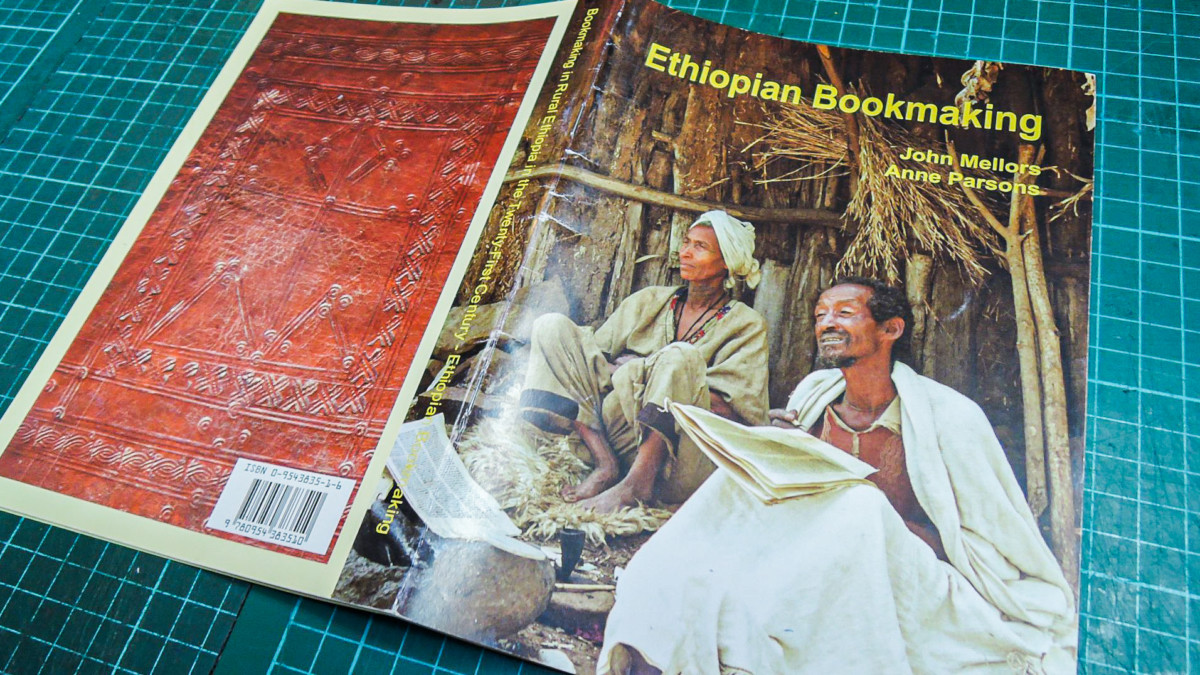An Answer to a Dreaded Question. “Just Do a Workshop” — Is It Really That Simple?
I have been asked to “Just do a workshop” … “locally, so it need not be a special thing” … oh yes… and that four-letter word beginning with F or f that professionals dread… “for free”! After all, “it’s just bits of paper, isn’t it?”
To be working in the world of the book is a wonderful place to be. I realise I am lucky. Perhaps I have worked for the luck, but I am fortunate in finding a creative direction.
One aspect of my working life that always gives me continued and renewable pleasure is the chance to try to pass on what little knowledge I have and to encourage others to have the chance to find the book as a creative vehicle, a place to explore the manifold delights of the book as the maker, viewer, participator, etc.
Sadly, however, all too often, when one is asked to teach or share in an educational establishment, one is faced with the prospect of keen and eager students and with no equipment save for many computers and printers. The permanent members of the staff, who, I find, have increasingly less and less in the way of working in the 3D expect miracles. It can be so disappointing for all concerned. Other aspects, to name a few, are costs, availability of materials, hand tools, and budget. Though I am passionate about my work, I have bills to pay.
Of course, it is possible to take various presses and such but what happens when one says goodbye and takes the equipment back… The students are left in a void, equipped with newly acquired knowledge but no way to make as there is no equipment.
There are many books, styles of binding, and structures that one could teach, but many of these require specialist hand tools, adhesives, and environments. One has to remember that many structures only work with specific materials. Again, one can use compromise materials and substitutes, but the work will always be a substitute and a compromise.
What is important is being able to teach what is relevant and achievable. What can enable and allow the student to go on if desired. It is not about the teacher… it is about the student, some teachers forget that.
I will go out on a limb now.
A little rant…
The Coptic Stitch/Sewn Book
For many, this style of binding is the first step in the making of books. There is any number of sites on the internet that show how this ½ book is made (yes, I did write ½ book). It requires very little in the way of specialist equipment and is quickish to make. Many makers do not move on from this simple method of making.
However, what many makers who use the Coptic Stitch may not know is that it is only ½ the story. After these first steps, the basic structure is then bound in leather, sewn endbands are worked, and numerous further operations are carried out before the book is completed. The tight back binding supports the sections and the sewing. It reinforces the complete book.
In short, the use of leather and the skills required cannot be taught in a morning workshop… which may explain a lot.
Please do not misunderstand me. As one of the first steps in the journey of the book, the Coptic stitch/sewn ½ book is ok, but there is so much out there to be explored.
Of course, if one chooses to concentrate on this singular style… great… we all have our own thing. For those wishing to perhaps have a fuller introduction to a more complete picture of this binding style, I have included a couple of images of a book I rate.
Perhaps a new workshop… ‘Beyond Coptic Sewing: a bigger universe with no adhesive.’ (Please note, other opinions and views are available.)
In Conclusion
It is not easy to provide and teach a workshop. There is so much in preparation. The aims of the class, indicative content, rationale, assessment, etc. To provide a coherent and understandable format that allows the student to further their abilities, that is inclusive whilst not going to the default of the lowest common denominator. One also has to make the most of the materials, environment, tool and equipment availability, etc. Not to belittle for the lack of something – more it is to expand on what is available.
Thus much time is spent in developing structures and ways of working that are flexible; that can be taught and made either within the professional – equipped workspace/learning establishment or a table in a church hall in the middle of nowhere.
Please note there are other ways of doing things and opinions… Spelling and grammar. Please further note, the opinion of the author may change at any moment. This is due to having an open mind… of sorts.
The original post: https://www.facebook.com/mark.cockram.9/posts/10219173420507005
Please Support us on Patreon!

Moreover, starting with the pledge level of $3, you will get a digitized vintage book about bookbinding, book history, or book arts each month from us!
These pledges help iBookBinding to continue its work and bring more information about bookbinding and book arts to you!





